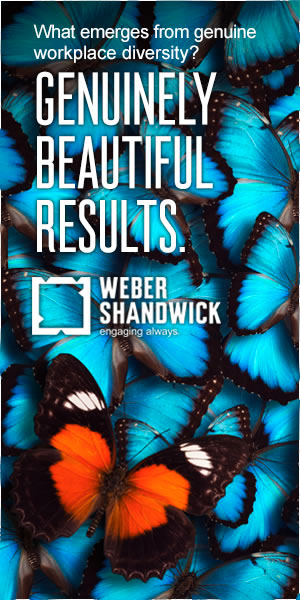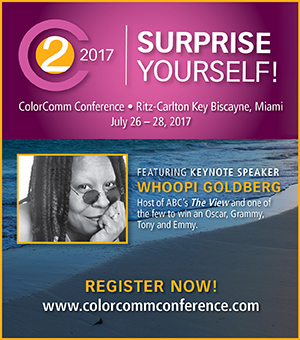While many commercials during last night’s Super Bowl focused on diversity and inclusion, the majority did not include people with disabilities, according to RespectAbilityUsa, an organization on the front lines in the battle to reduce stigmas, failed government policies, and other obstacles that deny people with disabilities the opportunity to achieve the American Dream.
The organization pointed out that ads from companies like Coca-Cola, Airbnb, and Google Home may have been recognized for diversity and inclusivity but they were missing a major diversity factor-people with disabilities.
“Large companies like Coca-Cola, Airbnb and Google Home have the opportunity to challenge this and ensure their television advertisements include people with disabilities,” RespectAbility President Jennifer Laszlo Mizrahi said, in a statement. “How great would it be if the next time these companies created a commercial if they made it a priority to ensure that the diversity of the roles, including people with disabilities, reflected society at large?”
DIVERGE talked to Lauren Appelbaum, the Managing Editor for The RespectAbility Report and Communications Director at RespectAbilityUSA to find out more.
Why was it important for the Super Bowl ads, especially the bigger brands to make disabilities a priority?
It was clear that diversity was a big theme in the ads during the Super Bowl, but when the big brands forget people with disabilities, they are forgetting one-in-five Americans. And when you don’t include 20 percent of the U.S. population, it’s hard to call yourself fully diverse. This happens across the entire spectrum of television – from programming to advertising. For example, according to GLAAD, fewer than two percent of scripted television characters (15) have disabilities. Television advertisements, like shows on TV, need to fully reflect the U.S. population and that includes people with disabilities.
Recently, with #OscarsSoWhite and other movements, many people in the entertainment industry have paid more attention to racial diversity, although there still is work to be done there. But disability has yet to be fully embraced.
This is important not only to help normalize disability but also prevent negative stigmas against people with disabilities. There are real-world consequences to this, as people with disabilities face discrimination when it comes to healthcare, education and employment.
Today, just 30 percent of working-age Americans is employed. Yet 70 percent would prefer to have a job instead of receiving government benefits. This holds true across political party lines.
What ads did target this and did they do it well?
Ads that include people with disabilities – without the focus being on the disability – help normalize disability. In the It’s a 10 Hair Care’s commercial, Adelfo Cerame Jr. is featured for his awesome hair. Carame is a wheelchair user, but the focus is not on his disability, but his lushes hair.
Another way ads can showcase disability well is to show the positive impact people with disabilities have on society. The American Petroleum Institute’s ad featured Angel Giuffria shooting a bow and arrow with her prosthetic arm and hand.
2015 was an awesome year for television ads including disability, thanks to remarkable personal statements in television ads by football legends Derrick Coleman and Steve Gleason.
Coleman, who is deaf, told his story in first-person for Duracell, while Gleason was featured in an ad for Microsoft. These ads show that wherever there is a disability, there also is ability. Coleman and Gleason, both in real life and their ads, showed that their disability is not a disqualifer for equal and successful participation in life.
What do ads need to focus on next year?
Ads that showcase many different types of people of various races, religions, sexual orientations and more need to also include people with disabilities. Since nearly one-in-five Americans has a disability, crowd shots should include individuals with visible disabilities.
The focus of the ad does not need to be the person’s disability, like this year’s 10 Hair Care’s commercial. By including an individual with a disability with the focus on the person’s hair, the ad normalizes disability.
For ads that do focus on an individual’s disability, the Duracell ad with Derrick Coleman is a great one to use as inspiration. Coleman is a successful football player who uses technology to succeed.
What does the super bowl as whole need to focus on to make everyone feel included?
Last year Marlee Matlin did ASL during the National Anthem. However, she was included in very few camera shots. Having an ASL interpreter during the anthem as well as the Halftime Show – and a way for people to see that – would make the Super Bowl more inclusive.
In addition, having live audio description available during the Halftime show would be beneficial for people who are blind or have low vision.

